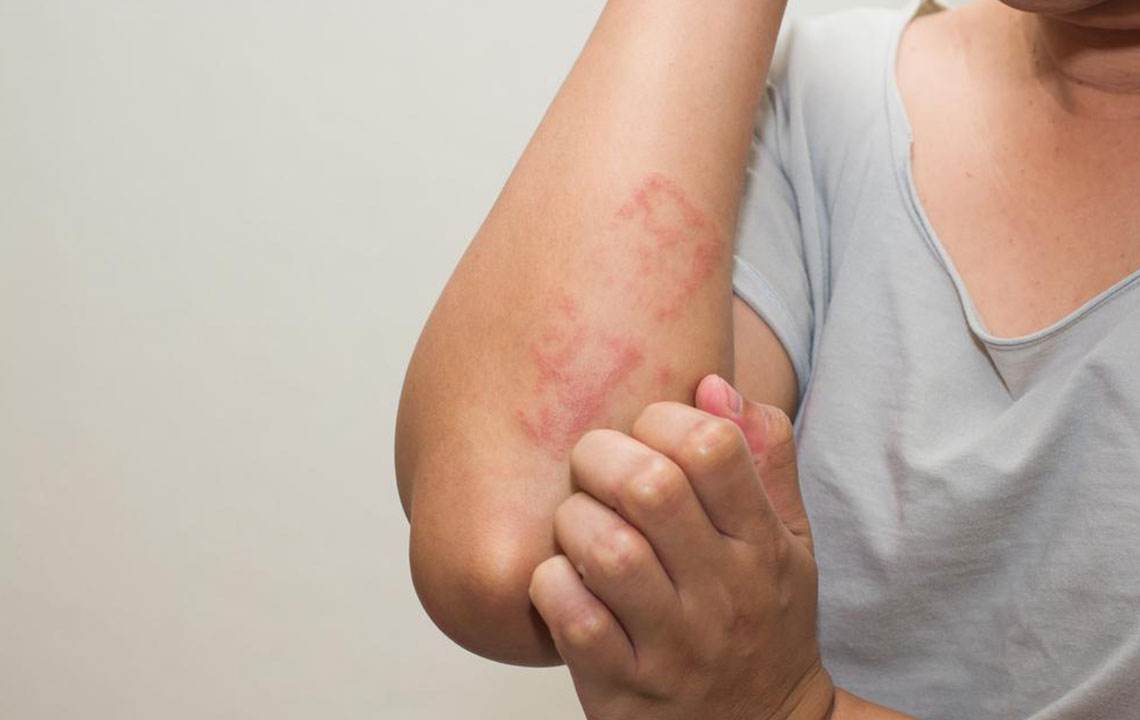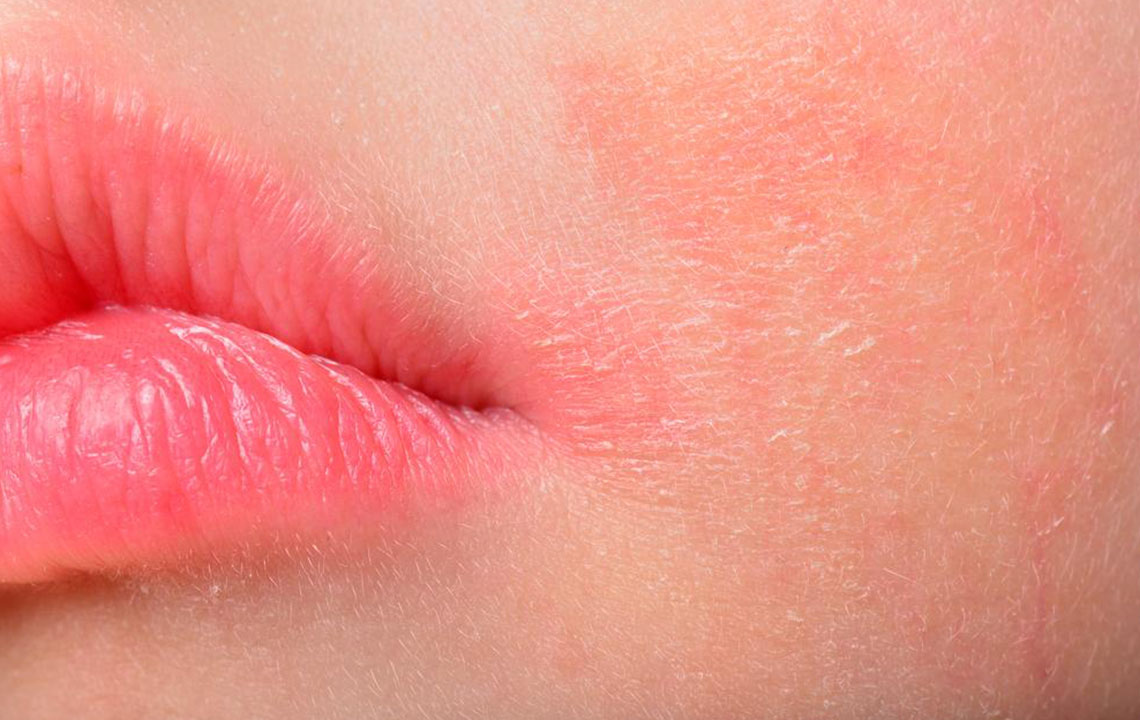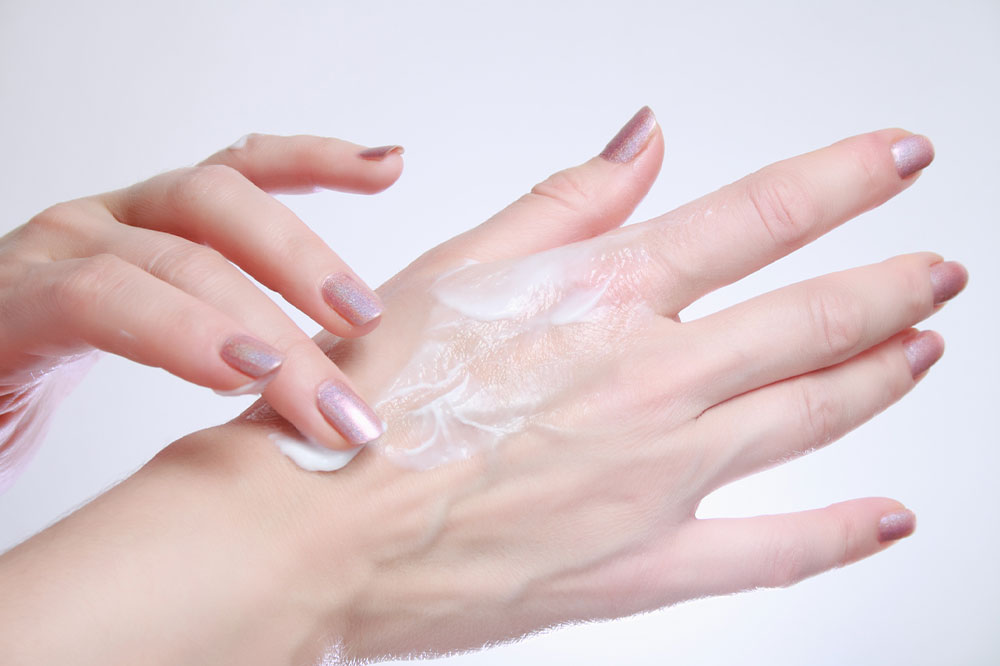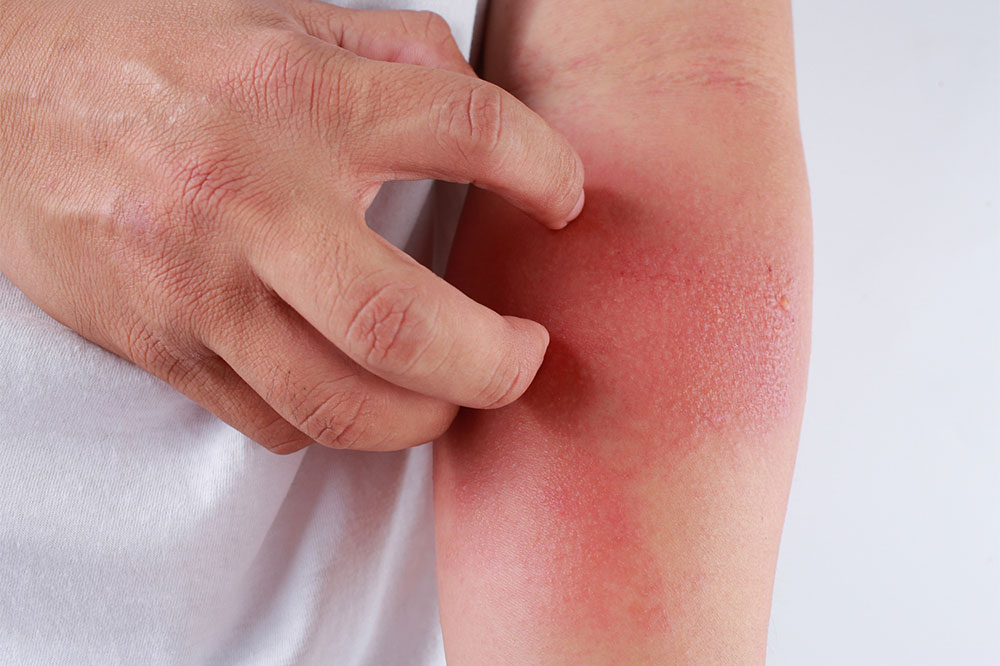Understanding Eczema: Causes, Signs, and Effective Management
Discover comprehensive insights into eczema, including its causes, symptoms, and management strategies. Learn how genetics, environmental factors, and allergies contribute to this common skin condition. Explore effective treatments and preventive tips to manage eczema effectively. This guide offers useful information for patients and caregivers seeking relief and better skin health.
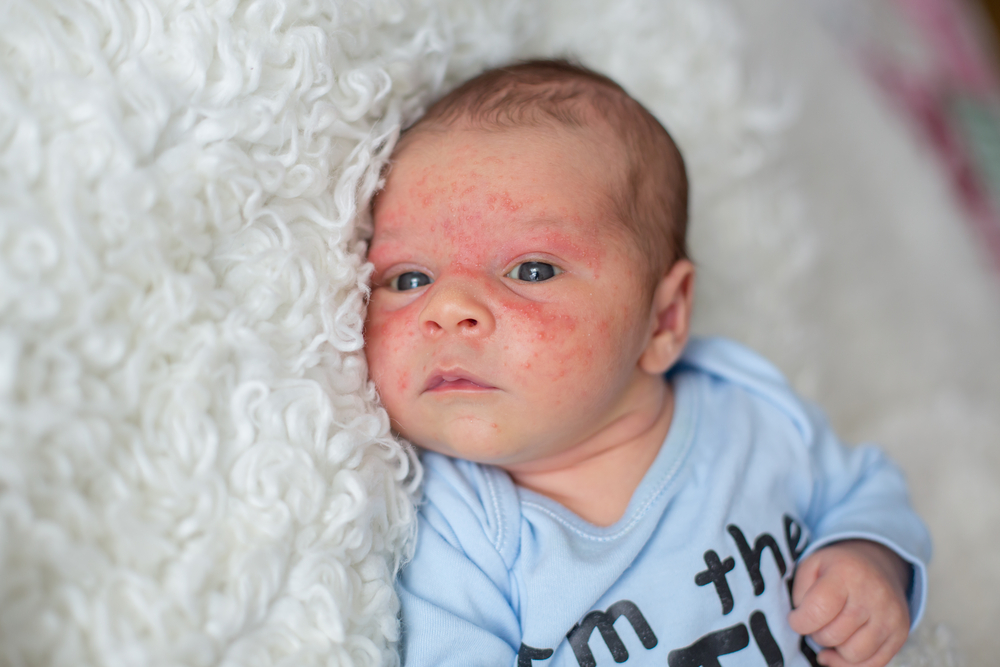
Understanding Eczema: Causes, Signs, and Effective Management
Eczema is a prevalent skin condition affecting many individuals, particularly infants and children. It is a non-contagious disorder characterized by inflammation, redness, dryness, cracking, and itching of the skin. The manifestation of symptoms varies based on age and individual factors. Environmental triggers such as pollen, smoke, and contact with irritable substances can worsen the condition. While eczema has no permanent cure, proper treatment can significantly control its symptoms and improve quality of life.
Most cases, about 70%, are observed in children under five years old, with a sizable portion experiencing symptoms into adulthood. Mild eczema presents as dryness and minor rashes, whereas severe cases involve intense irritation, cracks, and oozing skin. There are seven main types: atopic dermatitis, contact dermatitis, dyshidrotic eczema, hand eczema, neurodermatitis, nummular eczema, and stasis dermatitis.
The roots of eczema often lie in genetics, with sensitive skin traits inherited from parents with a history of the condition. External factors such as allergens—pet fur, mold, dust mites, dandruff—and microbes like bacteria and fungi also trigger flare-ups. Food allergies, especially to eggs, nuts, wheat, soy, and dairy, increase the risk, alongside stress, temperature shifts, humidity, hormonal changes, and contact with irritants like harsh soaps and fabrics.
Different eczema types have specific causes. For example:
Atopic dermatitis: Diminished skin immunity, dryness, genetic sensitivity, environmental influences.
Contact dermatitis: Exposure to chemicals, metals, soaps, perfumes, and irritants.
Dyshidrotic eczema: Moist skin, allergies, metal contact, hypertension.
Hand eczema: Chemical exposure from cleaning, healthcare, or hair products.
Neurodermatitis: Stress and other eczema forms.
Nummular eczema: Other eczema conditions, insect bites, chemicals, allergy.
Stasis dermatitis: Poor blood flow in lower legs, varicose veins.
The main symptoms include dry, itchy, thickened skin, with open cracks and possible fluid-filled blisters. Without proper care, infection can develop. Affected areas often present with redness, swelling, and irritation. Commonly impacted zones are the face, neck, elbows, wrists, groin, knees, and ankles.
Effective treatments involve antihistamines, corticosteroid creams, calcineurin inhibitors, and UV therapy for severe cases. In some situations, medications like cyclosporine, methotrexate, or injectable drugs such as Dupilumab are recommended to reduce inflammation. Lifestyle approaches—warm baths, moisturizing, avoiding irritants, and using gentle skincare—are essential complementary strategies to manage symptoms.
**Disclaimer:** The information provided is for educational purposes only. Always consult healthcare professionals for medical advice and treatment tailored to individual needs. Never rely solely on online content for diagnosis or therapy.

